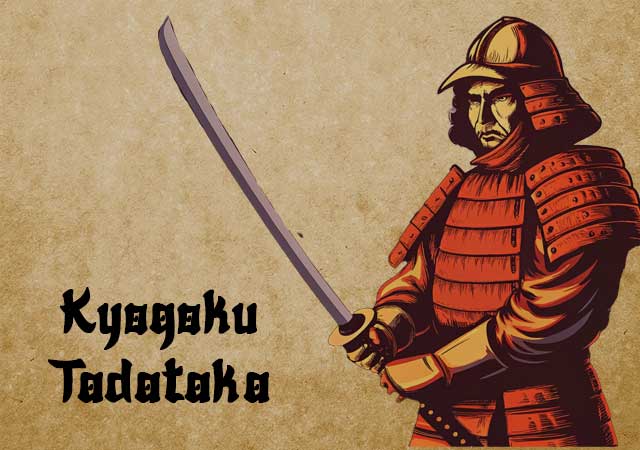
Kyogoku Tadataka (1593–1637) was a Japanese nobleman and the head of the Kyogoku clan during the early 17th century, a pivotal time marked by the Tokugawa consolidation of power. His childhood name was Kumamaro, and he hailed from a lineage claiming descent from Emperor Uda (868–897). Tadataka was the son of Kyogoku Takatsugu and one of his concubines, with his paternal grandfather being Kyogoku Takayoshi.
Tadataka is best remembered for his significant role in the Tokugawa clan's military campaign during the 1615 Siege of Osaka. Leading 2,000 troops, he executed a critical flanking maneuver against Osaka Castle's defenders in the Shigino area northeast of the fortress. Collaborating with Ishikawa Tadafusa and fellow clansman Kyogoku Takatomo, this maneuver played a key role in securing the Tokugawa victory.
Between 1620 and 1629, Tadataka directed significant efforts and resources toward the reconstruction of Osaka Castle, spending an impressive 92,000 koku on the project.
Tadataka was married twice, first to the fourth daughter of Matsudaira Tadanao and later, in 1607, to the fourth daughter of Tokugawa Hidetada. Despite these marriages, he had no children. To preserve the Kyogoku family lineage, the shogunate posthumously designated his nephew, Kyogoku Takakazu—the son of his brother Takamasa—as his successor. Takakazu was subsequently appointed to govern Tatsuno in Harima Province, receiving a stipend of 50,000 koku.
See also
-
Nambu Nobunao
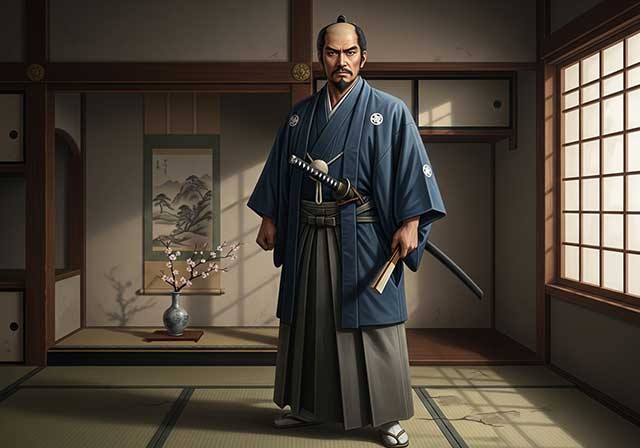
The Nambu clan was an ancient and powerful family that traced its lineage back to the Minamoto shoguns and had controlled a significant part of the Tohoku region in northern Honshu since the 12th century. Nobunao was born in Ikatai Castle, located in what is now the city of Iwate. He was the second son of Ishikawa (Nambu) Takanobu, the 22nd head of the Nambu clan. In 1565, Nobunao’s uncle, Nambu Harumasa, adopted him, brought him to Sannohe Castle, and named him his heir, later giving his daughter in marriage to him.
-
Naito Ienaga
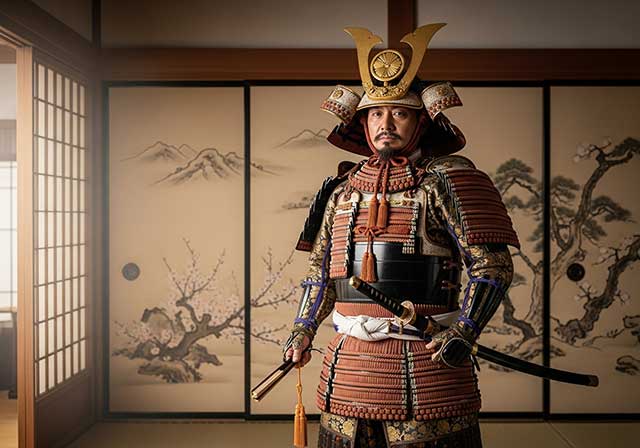
Ienaga was the son of Naitō Kiyonaga and served Tokugawa Ieyasu from an early age. Like his father, he was exceptionally brave, and thanks to his remarkable skill with the bow, he earned the nickname “the unrivaled archer.” Although both the elder and the younger Naitō belonged to the Jōdo Shinshū (“True Pure Land”) sect, during the Ikkō-ikki uprising in Mikawa Province in 1565, Ienaga did not support his fellow believers and instead sided with Tokugawa Ieyasu, earning his special trust. He later took part in the battles of Mikatagahara, Nagashino, and many other engagements while accompanying Ieyasu.
-
Minamoto no Yoshitsune
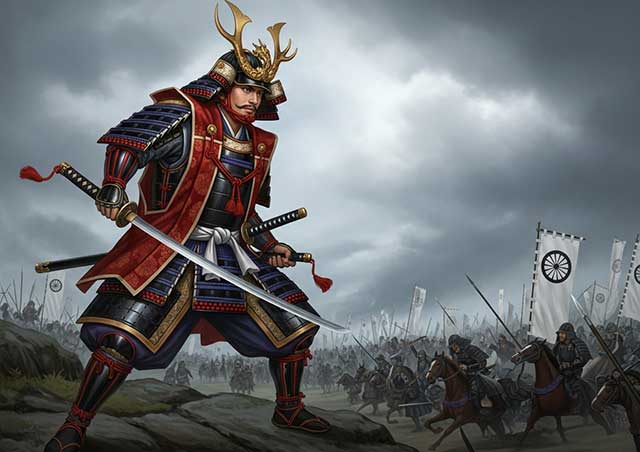
Minamoto no Yoshitsune was the son of Minamoto no Yoshitomo and his second wife, Tokiwa Gozen, as well as the younger half-brother of Minamoto no Yoritomo, the founder of the first shogunate, who had once suffered defeat in the struggle against the Taira clan. Yoshitsune spent his childhood in exile at the Kuramayama Temple. According to legend, he studied not so much Buddhist sutras there as the arts of war. At the age of fifteen, he entered the service of the governor in Mutsu, Fujiwara Hidehira.
-
Miyoshi Chokei
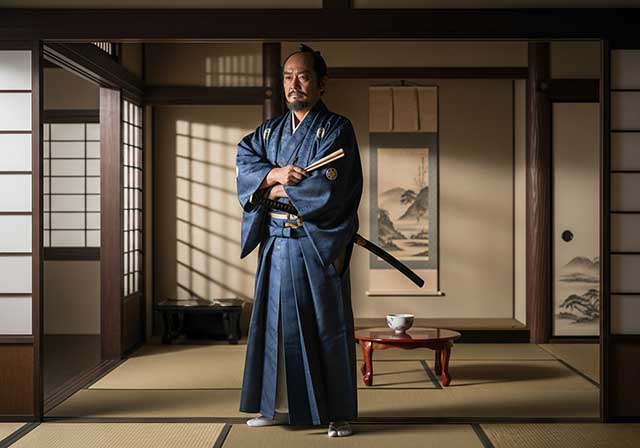
The eldest son of Miyoshi Nagamoto (Motonaga), at the age of seventeen and with the support of Miyoshi Masanaga and Matsunaga Hisahide, invaded Kinai, the inner provinces of Japan, and in 1539 seized control of Kyoto. In 1543 he expelled Hosokawa Ujitsuna from the commercial city of Sakai and appointed his own brother, Sōgo Kazunari, as the city’s new leader. In 1548 he took the name Chōkei. When a conflict arose between him and Masanaga, Chōkei appealed to his liege lord, Hosokawa Harumoto, asking him to raise troops in the provinces of Settsu, Izumi, and Kawachi, but Harumoto instead chose to ally with Masanaga against Chōkei.
-
Matsudaira Ietada
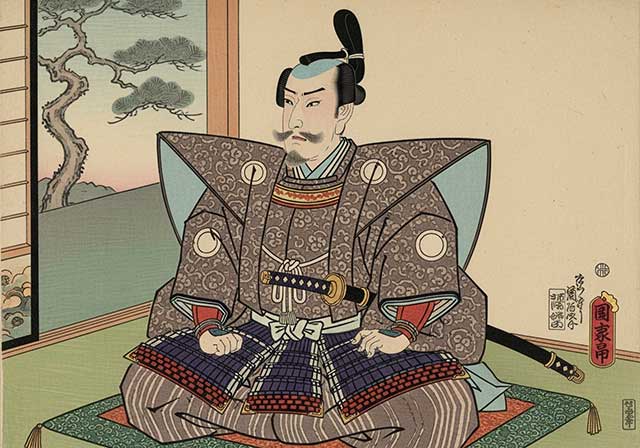
Matsudaira Ietada, also known as Tomomo-no Suke, was the eldest son of Matsudaira Koretada, the head of the Fukozu branch of the Matsudaira clan. Ietada was born in 1555 at Fukozu Castle. When he reached adulthood (for samurai children this age range was between 11 and 17), the Fukozu-Matsudaira clan was under the authority of Tokugawa Ieyasu and commanded by Sakai Tadatsugu. In the Battle of Nagashino in 1575, Tadatsugu’s unit, which included both Ietada and his father, took part in the assault on the fort on Mount Tobigasu-yama. During the fighting, Koretada was killed, and twenty-year-old Ietada became the new head of the clan.
-
Matsudaira Tadaakira
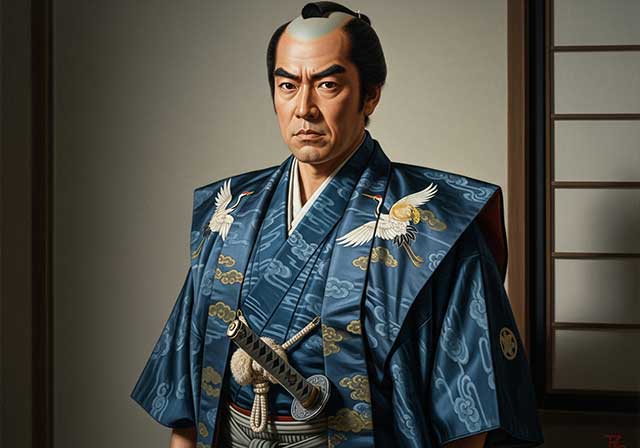
Tadaakira was the fourth son of Okudaira Nobumasa, a vassal of the Tokugawa clan, and his mother was Kame, the eldest daughter of Tokugawa Ieyasu. In 1588, Tadaakira was adopted by Ieyasu and received the Matsudaira family name; at that time, he bore the name Kiyotada.
-
Mashita Nagamori
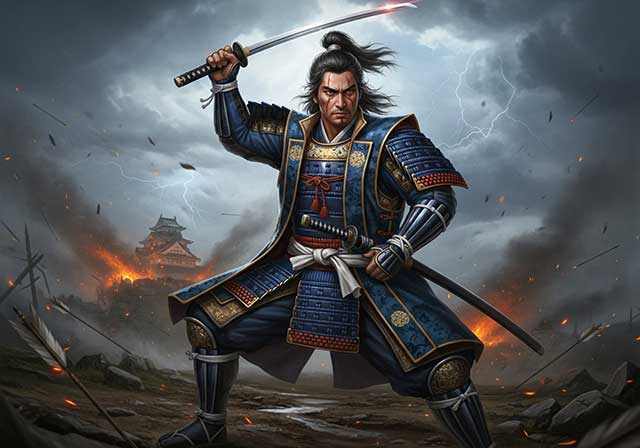
Nagamori possessed remarkable diplomatic and administrative talent while remaining a brave warrior. He is believed to have come from the village of Mashita in the province of Owari, which today is part of Aichi Prefecture. He was a vassal of Oda Nobunaga and later served Toyotomi Hideyoshi. In the Battle of Komaki–Nagakute in 1584, Nagamori took at least two enemy heads. Later, he was entrusted with overseeing major public construction projects, including the reconstruction of Fushimi Castle and the building of the large Sanjō and Gojō bridges in Kyoto.
-
Magara Jurōzaemon Naotaka
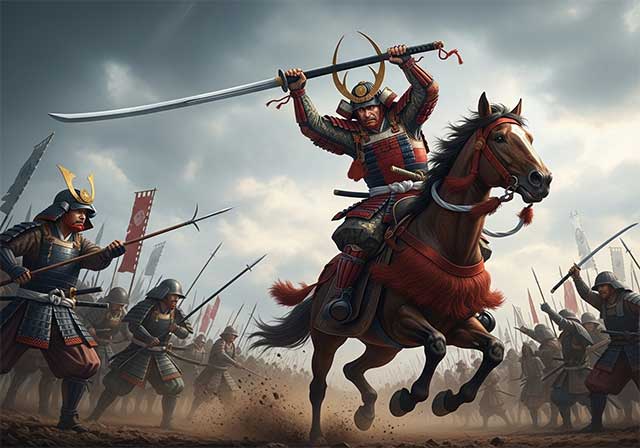
Magara Jurōzaemon Naotaka was a vassal of Asakura Yoshikage from the province of Echizen, and very little is known about his life, including even the exact year of his birth. Magara gained his renown through his heroic death at the Battle of Anegawa in 1570. In this battle, the combined forces of Oda Nobunaga and Tokugawa Ieyasu confronted the armies of Asai and Asakura, with Ieyasu taking command of the left flank and fighting against the Asakura forces. After crossing the shallow Anegawa River, which separated the two armies, Tokugawa’s finest generals — Honda Tadakatsu and Sakakibara Yasumasa — launched an assault on the headquarters of Asakura Kagetake, the commander-in-chief of the Echizen army. The attack by Honda Tadakatsu was so swift that Kagetake found himself almost completely surrounded by enemy troops.

